Rhythmic patterns form the backbone of music. They drive rhythm, harmony, melody, and pitch. Understanding and manipulating these patterns can change the way your tracks sound (for the better).
Let's dive into how you can systematically organize and manipulate patterns in music. Disrupting these patterns can create emotional effects and turn you into a pattern finding expert.
You Will Learn
- Pattern Organization: How to organize rhythmic, harmonic, and melodic patterns.
- Pattern Disruption: Techniques for disrupting patterns to add complexity and emotional depth.
- Pitch Manipulation: Methods for using pitch changes to create dreamlike or eerie effects.
- Expressivity and Realism: Tips for making your music more lifelike and engaging through velocity variation, articulation, and humanization.
- Sound Transformation: How to use distortion, saturation, and bit crushing to add character and edge to your sounds.
The Power of Patterns in Music
Patterns in music give structure and form. They guide the listener's experience. Here's how different musical elements rely on patterns:

- Rhythm: Sets the pace and groove.
- Harmony: Chord progressions create tension and release, leading to satisfying resolutions.
- Melody: Repeating phrases or motifs make melodies memorable.
- Pitch: Patterns in pitch create scales, modes, and variations that give music its unique character.
Creating Emotional Impact with Pattern Manipulation
Manipulating patterns can transform a piece of music, adding layers of complexity and emotional depth. Here are some techniques to explore:
1. Dreaminess and Eeriness with Pitch Manipulation
Changing the pitch of notes over time can create a dreamlike or eerie effect. This technique is powerful in genres like ambient, chillwave, or experimental music.
- Glissando: Create a smooth slide between pitches. In your DAW, automate the pitch to glide from one note to another, like sliding from C4 to G4 over 8 bars for a dreamy effect.
- Pitch Bends: Small, deliberate pitch changes can add an eerie quality. Use the pitch bend wheel on your synth to create slight bends at the end of notes.
- Detuning: Slightly detuning notes can produce a warm, analog feel. Detune one oscillator by -5 cents and another by +5 cents to achieve this effect.

2. Advanced Expressivity and Realism
Bringing expressivity and realism into your music can make it more engaging and lifelike. Here are some tips:
- Velocity Variation: Adjust the velocity of notes (how hard they are played). In your MIDI editor, vary the velocities to mimic natural performance, like setting velocities between 60 and 90 for a piano part.

- Articulation: Use different articulations (e.g., staccato, legato) to add variety. Switch between staccato and legato in a string section to make it more dynamic.
- Manual Tweaks: Introduce slight timing variations to mimic a live performance. Manually adjust note timings.

3. Creating Punchy Drums and Unique Effects
Rhythmic patterns aren't just about keeping time; they can also be used creatively to produce unique sounds and effects.

- TR-909 Sounds: The iconic Roland TR-909 drum machine is known for its punchy, distinctive sounds. Use TR-909 samples or drum synths to replicate these sounds.
- Noise Swells: Use white noise and automation to create rising and falling swells. Add a noise swell before a drop to build tension.
- Pitch as Rhythm: Assign rhythmic patterns to pitch changes to create percussive melodies or rhythmic basslines. Sync pitch modulations to the beat for interesting rhythmic effects.
Transforming Your Sound with Distortion
Distortion isn't just for guitars. It's a versatile tool that can add character and edge to any sound. Here’s how to experiment with it:
- Saturation: Adding subtle saturation can warm up a sound. Use saturation plugins to give your tracks a more analog feel.
- Bit Crushing: Lower the bit rate to create gritty, lo-fi effects. Apply bit crushing to drums or synths for added texture.
- Wave Shaping: Use wave shapers to transform the waveform of a sound. Experiment with different curves to create unique distortion effects.

Steps to Become a Pattern-Finding Machine
Here are some actionable steps to start having patterns in your music production:
- Analyze Your Favorite Tracks: Break down the rhythmic, harmonic, and melodic patterns in songs you love. This will give you insights into how patterns are used effectively.
- Practice Pattern Creation: Spend time creating your own patterns. Experiment with different rhythms, chord progressions, and melodies.
- Use Software Tools: Leverage DAWs and plugins that offer pattern-based sequencing and modulation. Tools like Ableton Live’s Clip View or FL Studio’s Step Sequencer are excellent for this.
- Experiment with Disruption: Once you have a pattern, find ways to disrupt it. This could mean changing a chord at the last moment, adding an unexpected rhythmic break, or altering the pitch unexpectedly.

Real-Life Example: Transforming a Loop
Let’s walk through an example of transforming a basic loop into something unique using the techniques discussed:
- Start with a Basic Drum Loop: Use a simple kick-snare pattern.
- Add Syncopation: Introduce off-beat hi-hats or percussion elements to add groove.
- Layer with Melodic Elements: Create a simple melody that follows a repetitive pattern.
- Manipulate Pitch: Add a glissando effect to some notes in the melody to create a dreamy feel.
- Introduce Distortion: Apply saturation to the melody and bit-crushing to the hi-hats for a grittier sound.
- Disrupt the Pattern: Add a sudden change in the rhythm or a pitch bend at the end of a phrase to keep the listener engaged.
Recap
- Core Structures: Understanding and manipulating the fundamental patterns of rhythm, harmony, melody, and pitch.
- Creative Disruption: Learning to disrupt patterns to create engaging and dynamic musical pieces.
- Emotional Connection: Using patterns to evoke and maintain emotional responses from listeners.
- Balance: Striking the right balance between predictability and surprise to keep music interesting.
- Continuous Experimentation: Emphasizing the importance of ongoing experimentation and curiosity in music production.
Final Words
Understanding and manipulating the fundamental patterns of rhythm, harmony, melody, and pitch is essential. Learning to disrupt these patterns creatively will allow you to produce engaging and dynamic music. Use patterns to evoke and sustain emotional responses from your listeners, and always strive to strike the right balance between predictability and surprise.
Becoming a pattern-finding expert is about understanding the underlying structures of music and using them creatively. By systematically organizing patterns and learning to disrupt them, you can create music that is both structured and surprising, keeping your listeners engaged and connected.
Learn More:
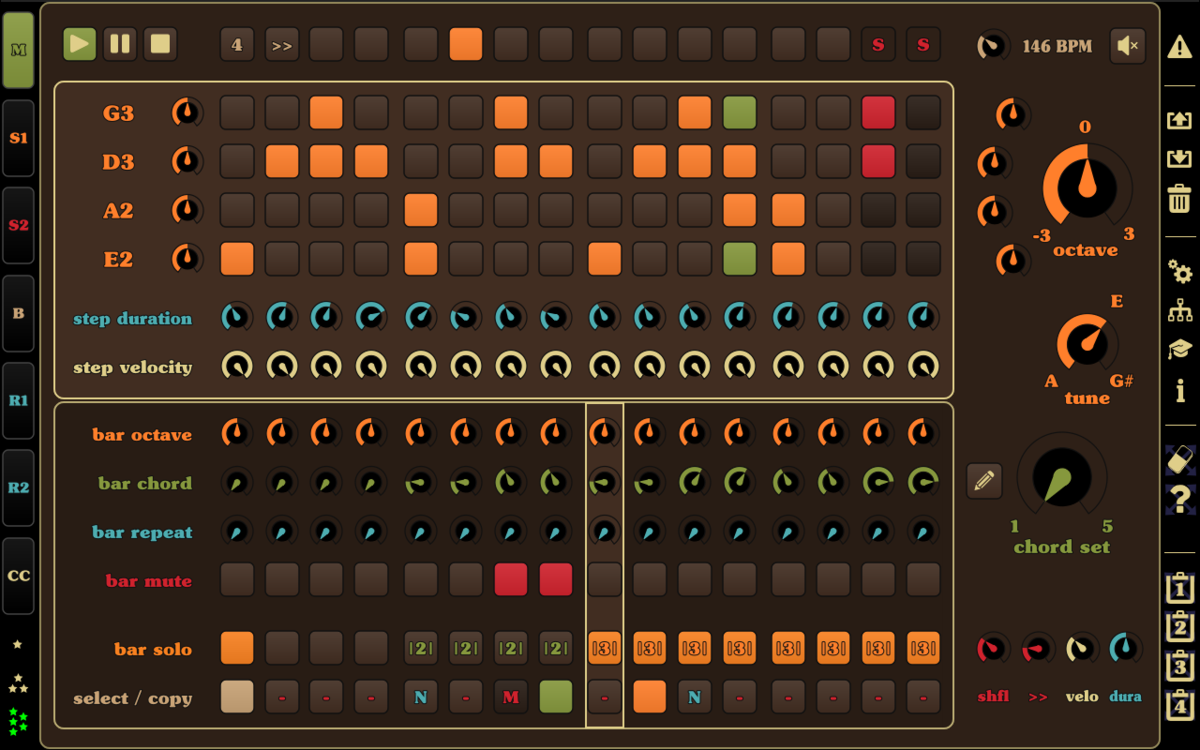

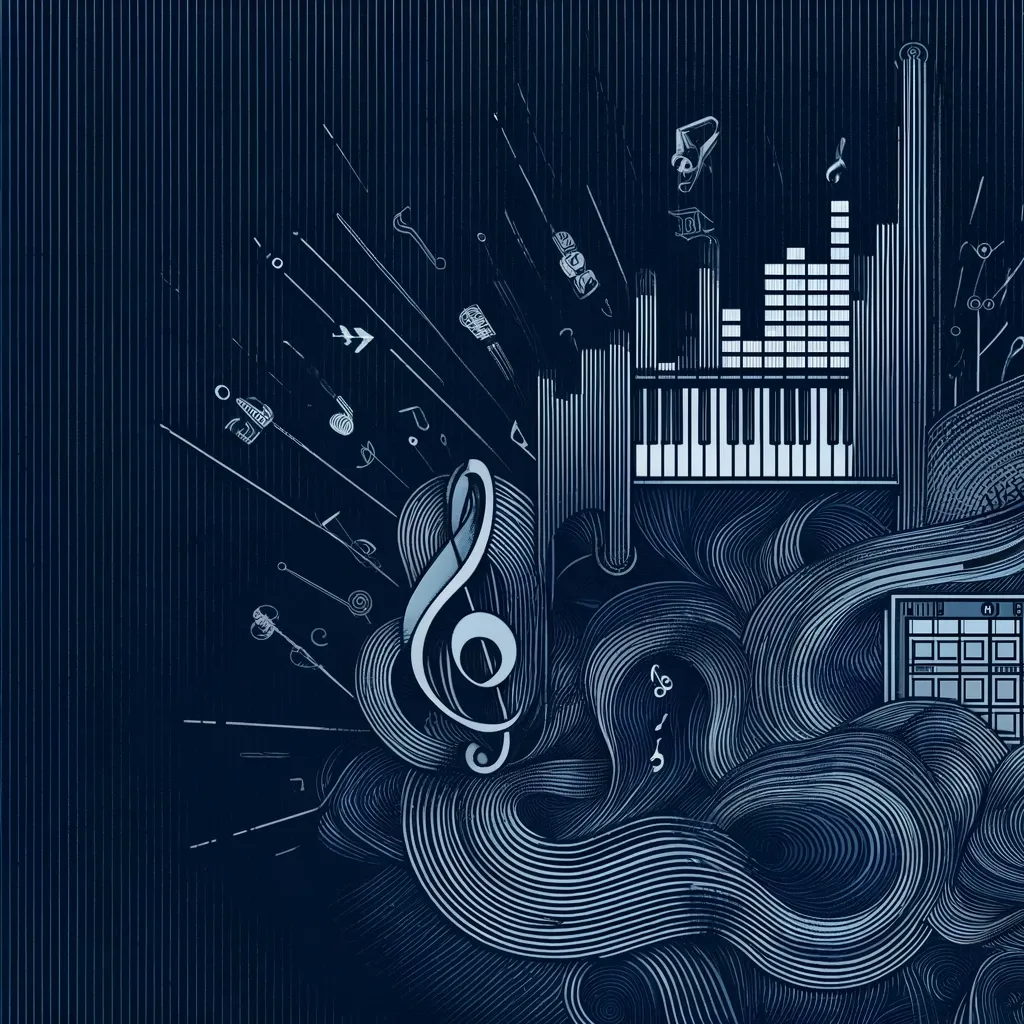

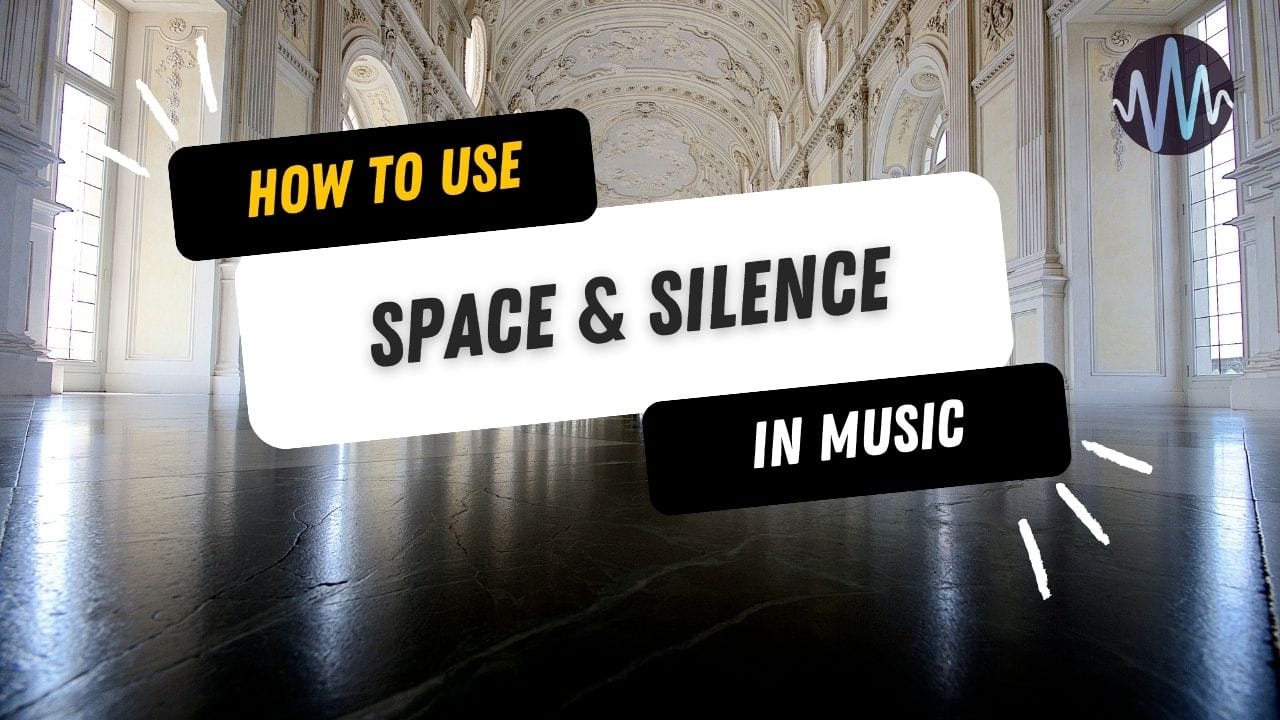

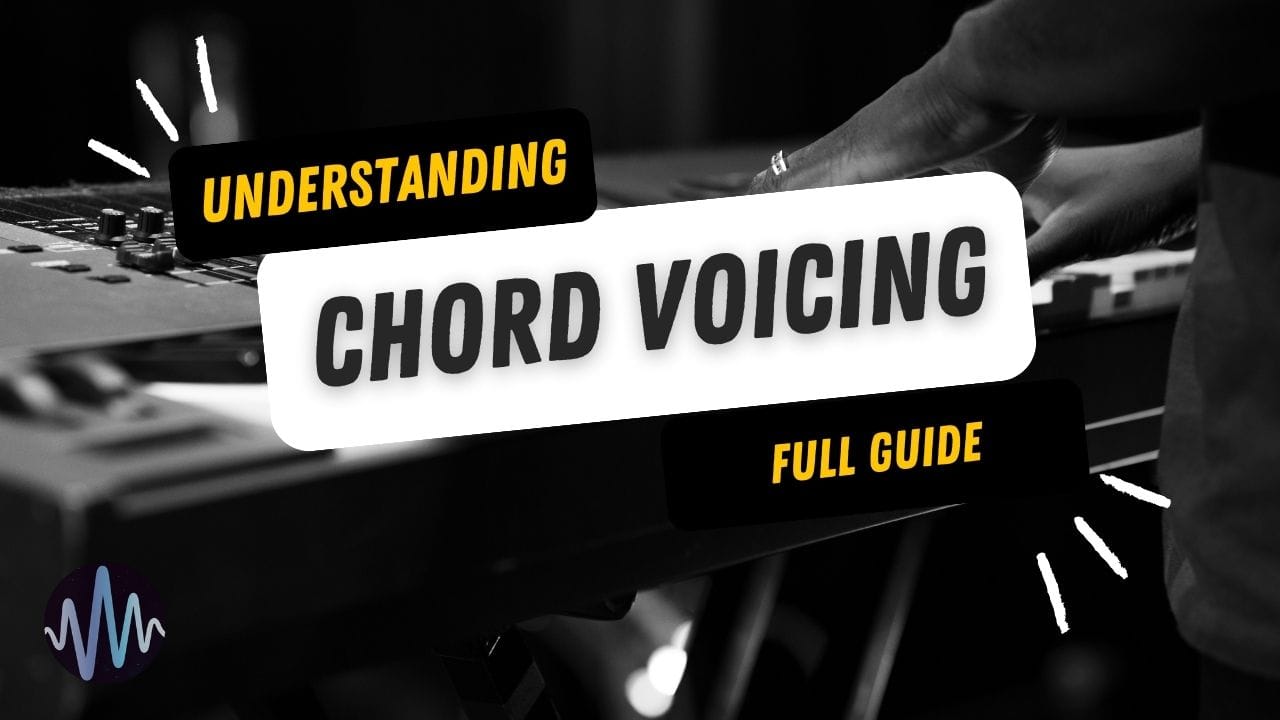
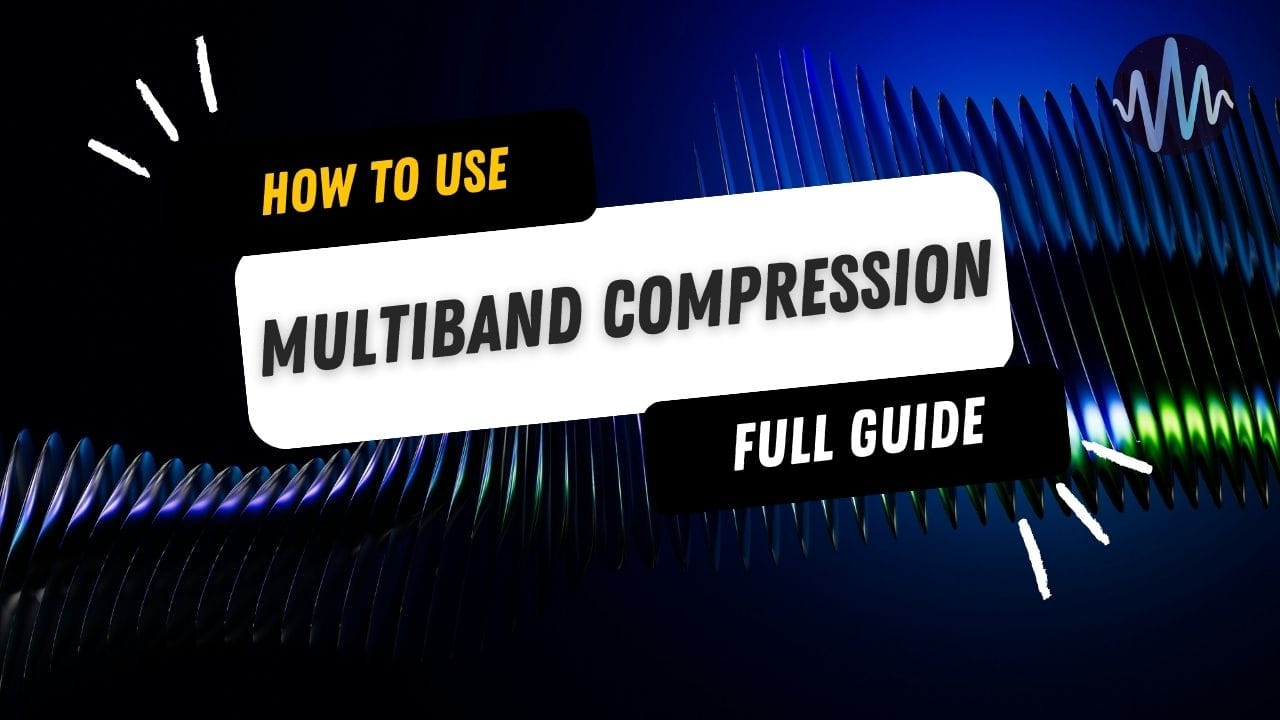
Comments